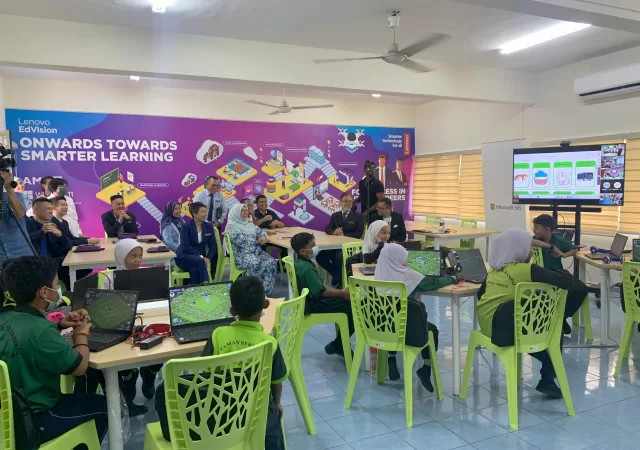The insurance industry has long been associated with complexity, opaque processes, and a significant knowledge gap between providers and consumers. For years, consumers have struggled to navigate the maze of insurance options, bogged down by technical jargon, lengthy claims processes,…
CelcomDigi Brings Zero Downtime Connectivity to SMEs and MSMEs at Affordable Pricepoints
CelcomDigi is bolstering its Business offerings with products and services to ease digitization of SMEs and MSMEs with an always connected Fibre guarantee and more.
Malaysian Businesses Urged to Leverage High-Speed Connectivity & Modern Technologies to be More Competitive
Minister of Digital, YB Gobind Singh Deo, urges Malaysian businesses to leverage the country’s infrastructure to be more competitive.
DNB & Ericsson Spearhead Enterprise Digitalization With Malaysia’s World-Class 5G Infrastructure
Malaysia is poised for a digital revolution, and at the forefront of this transformation is a powerful combination: a world-leading 5G network and a collaborative program designed to unlock its potential for businesses. Digital Nasional Berhad (DNB) and Ericsson have…
Empowering Schools for The Digital Age
In recent years, rapid technological advancement and shifting societal needs have evolved the educational landscape significantly. Technology now plays an integral part in revolutionising traditional learning methods, offering new avenues to enhance teaching and learning modes. Schools must comprehend and…
VAST Data Expands into the APJ Region with Singapore Headquarters
VAST Data enters the APJ region with the launch of its Singapore headquarters with a vision to bring AI-driven solutions to the region.
Navigating the Transformation Paths in the Architecture, Engineering, and Construction (AEC) Industry
Intuitive design software and earth-friendly material are part of the AEC industry evolution. Keeping up with the times with architecture key.
Travel Transformed: How Technology is Reshaping the Digital Nomad
Technology is reshaping the way we plan and experience our travels. Learn how to maximize life & time off as a digital nomad and how to make your work & travel dreams a reality.
Thriving Forward: Embracing The Digital Lifeline of Restaurants for Continued Business Resilience And Growth
Delving into the food industry, understand how digitalisation is creating a necessity for survival and growth. See how foodpanda is navigating the adaptable landscape in Malaysia.
Businesses Need to Go Back to Basics and Focus Customer Experiences as Generative AI Tools Become Mainstream
Businesses need to look at the basics as generative AI opens doors for more personalised experiences across different platforms.












